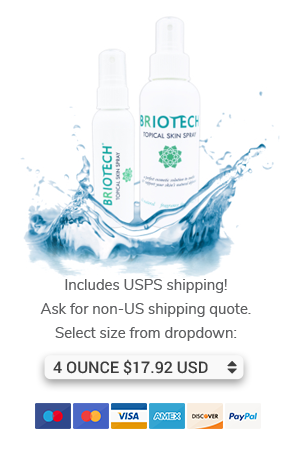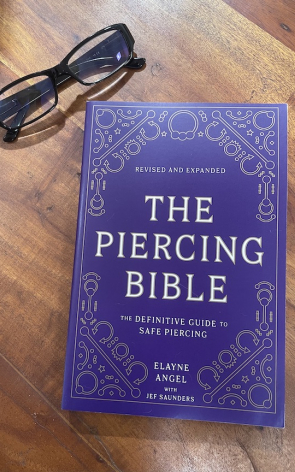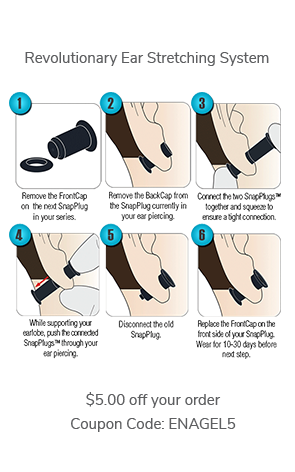I received this email from a piercer today:
Loved your article in PAIN magazine this month. It still surprises me how many clients will ask if its ok to heal their piercings with rubbing alcohol or peroxide!! I had one girl ask if it was ok to put liquid bandage over her freshly pierced nipples!!
I don't offer surface percings in my studio because I have seen so many pictures of them rejecting but my friend is begging me to do the nape of his neck. Do you have any suggestions for the correct jewelry or tips for that piercing that would give me a better chance with not having it reject?
Hi Meghan,
Thanks for your email. I'm not big on surface piercings myself, but there is one area that I will routinely do: the nape of the neck! Though if the tissue is not pliable, I decline. If the skin pinches up well, I make a wide piercing (usually over an inch; generally 1 1/4") and insert Tygon tubing. I most commonly use 12 or 10 gauge.
There are some tricks to using it. Because the tubing is so flexible, it is kind of like trying to feed cooked spaghetti through a piercing, which obviously wouldn't be easy! So, I insert the tip of a small insertion taper (18 gauge) securely into the lumen of the tubing as far as it will go. This gives me a solid end that makes it easy to do the jewelry transfer.
Important note: Tygon tubing is sold by gauge but may not be the exact measurement of your needle of the same size. If the Tygon is marginally larger, you won't get it through the piercing unless you use a needle of the next larger gauge (or half-gauge).
To make the tubing into a barbell: depending on the size of the lumen, you can press-fit ornamental ends made for threadless body jewelry by Neometal. The 16 ga ends work great in the 14 gauge tubing. A better use for bargain-basement externally threaded jewelry (than wearing it through the tissue) is to use short (1/4") barbells as the ends for the thicker gauges of the tubing. When they are a very snug fit to insert, they won't fall out.
To get the ends press fit into place, gently but firmly hold the end of the tubing with hemostats. Don't squeesze too tightly or you won't be able to get the end inside the tube. Put on the back end before you do the piercing, so you only have to put on one end once the tubing is through the tissue.
The tubing needs to be changed out every few months, and it will stiffen and discolor over time. Also note that it is prohibited for use in piercings by legislation in some areas (which is really a shame, as it performs very well in piercings).
Let me know if you need more information or have other questions.




